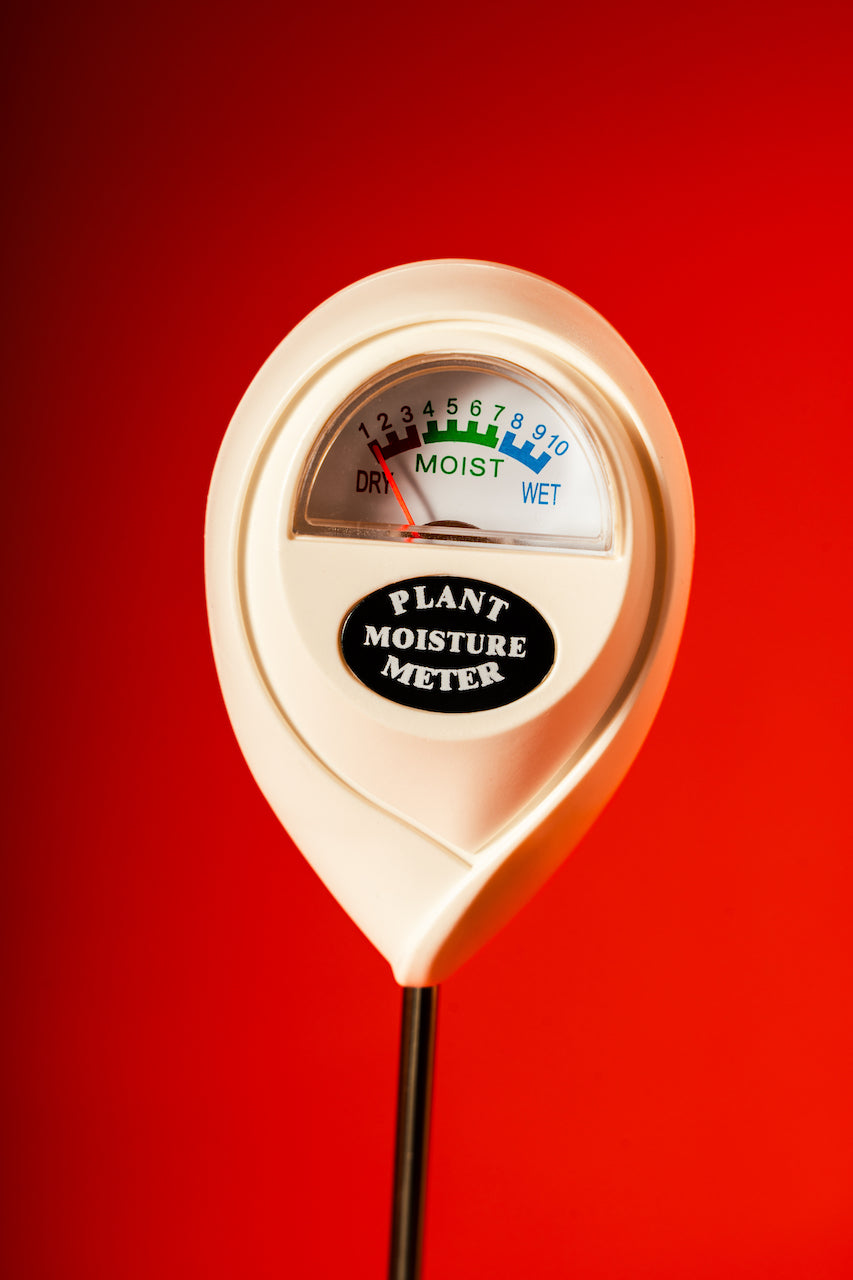The Ultimate Guide to Picking the Right Moisture Meter for Your Demands
The Ultimate Guide to Picking the Right Moisture Meter for Your Demands
Blog Article
The Ultimate Guide to Moisture Meters: A Comprehensive Overview and Exactly How They Can Save You Cash
In the world of structure upkeep, construction, and different markets, the relevance of precisely gauging moisture levels can not be overemphasized. Wetness meters act as essential devices in identifying and keeping an eye on moisture material in materials, aiding in protecting against costly problems and ensuring the top quality of items. Comprehending the nuances of various kinds of moisture meters, their applications, and the possible cost-saving benefits they use can be a game-changer for businesses and experts alike. Uncovering just how these tools can not just simplify procedures but also add to financial savings is a journey worth embarking on.
Sorts Of Moisture Meters
One usual kind is the pin-type moisture meter, which gauges the electrical resistance in between two pins put right into a product. Pinless moisture meters, on the various other hand, usage electromagnetic sensing unit plates to check a bigger area without triggering damage to the material's surface area.

Additionally, there are also specialized wetness meters developed for specific products like hay, grain, or soil. These meters offer exact wetness analyses tailored to the one-of-a-kind homes of the material being checked. Infrared dampness meters determine the thermal residential or commercial properties of a product to identify its dampness material non-invasively, making them useful for applications where pin or pinless meters may not be ideal. Comprehending the different sorts of dampness meters offered can aid industries pick one of the most proper device for their particular moisture dimension demands.

Advantages of Utilizing Dampness Meters
Wetness meters use important advantages in accurately assessing and keeping track of dampness degrees in varied products and atmospheres. One of the primary advantages of utilizing wetness meters is the prevention of potential damage created by excess wetness.
Moreover, utilizing moisture meters can bring about boosted power performance. By determining areas with high dampness levels, such as leakages or bad insulation, changes can be made to boost energy conservation and minimize utility prices. In agricultural settings, wetness meters play a vital role in enhancing crop returns by allowing farmers to monitor dirt dampness degrees and make educated irrigation decisions. Generally, the advantages of using wetness meters span throughout various industries, providing cost-efficient services and advertising better top quality control practices.
How to Choose the Right Moisture Meter
Picking the suitable dampness meter includes considering essential elements such as product compatibility, measurement array, and calibration accuracy. When selecting a dampness meter, it's necessary to make certain that the meter appropriates for the certain material you will certainly be testing. Various materials have varying electrical properties that can affect wetness analyses, so picking a meter designed for your product is vital for precise outcomes. Additionally, take into consideration the dimension array of the dampness meter. Ensure that the meter can find dampness degrees within the variety needed for your applications. Calibration precision is an additional vital factor to bear in mind. Select a wetness meter with trustworthy calibration to guarantee exact and constant readings. Some meters may require routine calibration changes, so recognizing the calibration procedure is necessary. By carefully reviewing these aspects, you can pick a wetness meter that meets your demands and offers accurate dampness dimensions for your jobs.
Appropriate Methods for Moisture Meter Use

Price Savings Through Dampness Meter Applications
Exactly how can the critical use of moisture meters lead to substantial expense financial savings throughout various sectors? In the agriculture sector, dampness meters aid in determining the optimal time for collecting plants, preventing excess or over-drying moisture that can affect the final item's high quality.
In a similar way, in building, wetness meters assist avoid costly problems by spotting moisture levels in structure materials, Visit Your URL such as timber or concrete, which can lead to architectural concerns if not dealt with immediately. By recognizing problem locations early, specialists can take rehabilitative steps to avoid extensive repairs or substitutes, eventually saving money and time.
Furthermore, in the food handling market, dampness meters are crucial for keeping track of product top quality and making sure conformity with safety and security regulations. By properly determining dampness content in food items, producers can avoid perishing, maintain quality, and decrease waste, resulting in significant cost savings. In general, the tactical application of dampness meters is a valuable investment that can bring about significant expense reductions and boosted effectiveness throughout different markets.
Conclusion
In final thought, moisture meters are important devices for detecting and measuring moisture degrees in numerous materials. By utilizing the ideal wetness meter and following correct methods, customers can efficiently protect against expensive damages created by excess wetness.
Dampness meters serve as important devices in discovering and keeping track of moisture web content in products, helping in preventing costly problems and making sure the top quality of items. Infrared moisture meters measure the thermal residential properties of a product to identify its moisture content non-invasively, making them valuable for applications where pin or pinless meters may not be ideal.Moisture meters supply invaluable benefits in properly keeping track of and assessing dampness degrees in diverse materials and settings. In farming setups, wetness meters play an important role in optimizing crop see this site yields by allowing farmers to keep an eye on soil dampness degrees and make educated watering decisions.In weblink conclusion, dampness meters are beneficial tools for spotting and determining moisture levels in various products.
Report this page